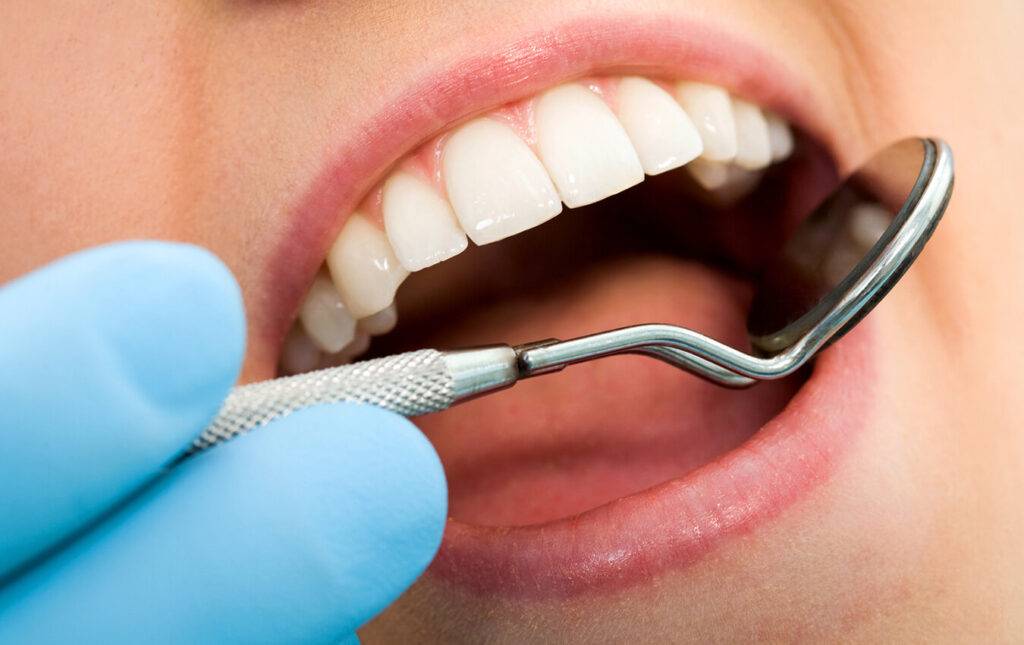
Good dental care is no laughing matter, and here are some basic recommendations that make dental hygiene a snap. According to the American Dental Association (ADA), your oral hygiene routine should include these steps:
1. Twice daily brushing with a fluoride toothpaste that has been approved by the ADA (not all fluoride toothpastes are equally effective).
2. Since a worn-out toothbrush is not effective at thoroughly cleaning your teeth, you should replace your toothbrush at least every 3 or 4 months. If your toothbrush bristles appear frayed or broken down before that, replace it sooner.
3. Use floss or an interdental cleaner to clean between the teeth daily. This helps you get to the food particles that can get caught between the teeth and under the gum line. If you keep up with the flossing habit you can prevent a buildup of plaque and bacteria.
4. Diet is important for good dental health, so eat balanced meals and avoid between-meal snacks.
5. See your dentist for professional cleanings and oral exams regularly.
TIP: You can reduce the bacterial count and slow down the bacterial activity in dental plaque by using antimicrobial mouth rinses and toothpastes.
The ADA publishes a list of accepted antimicrobial rinses and toothpastes that have proven their claims by showing significant reductions in plaque and gingivitis in user tests. Clinical studies also have proven the effectiveness of flouride mouth rinses in reducing and preventing tooth decay. Other studies confirm that a combination of flouride and mouth rinses work more effectively to fight tooth decay than toothpaste alone. Please check with your dentist to find out what mouthwash may work best for you.
WARNING: Young children, under 7 years of age, should never be given flouride toothpaste or mouth rinse because of the chance they will swallow it. Flouride can make younger children very ill if ingested, so use child-specific toothpastes until your child reaches age 7.
Tip: Look for the ADA seal on dental products. That seal indicates the product has meet ADA standards for safety and effectiveness.

